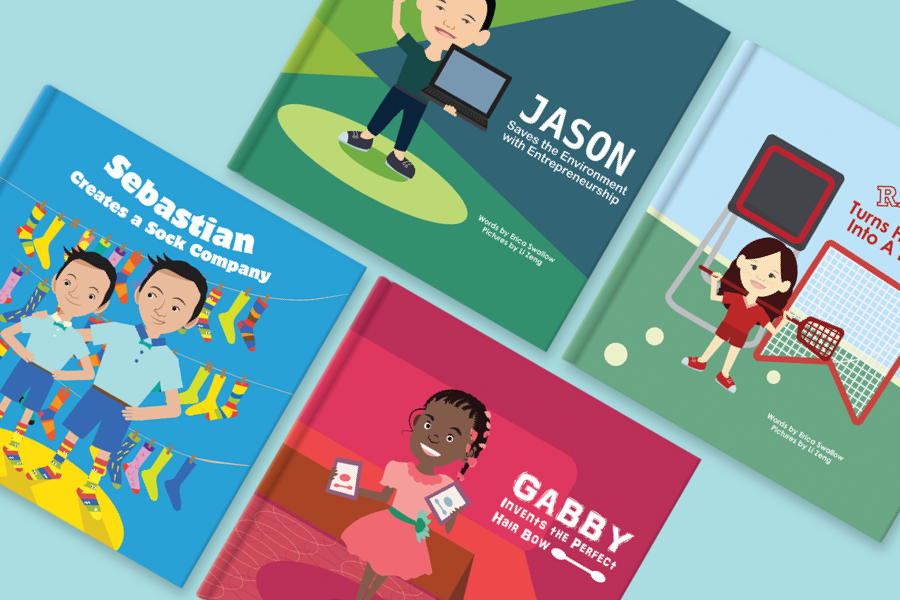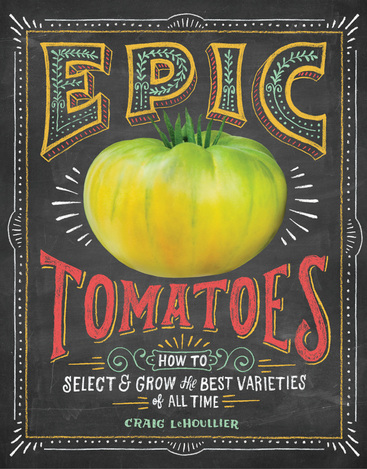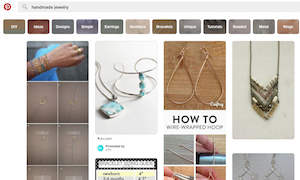No matter how stellar the design, no website is complete without great copy. From headlines and captions to text in meta data fields, copy keeps your visitors engaged and drives conversion. Here are some ways to write effective copy without pulling out your hair in the process.
Set a Goal
You are trying to sell something, right? Stick to that purpose. Think about it this way: Every action or click is a sales pitch to move to the next element. Whether the goal of your site is to get someone to read a blog or buy a tomato, the end result is the same — to “sell" the user on a specific action. Frame every sentence in a way that leads users to this goal.
Words to try: Click, buy, read, scroll, learn
Use Clear, Concise Language
Every word on your website should have a purpose. A website is not a research paper and is likely to be consumed by a wide audience. Use simple words, sentence structures and clear language. Avoid phrases that contain jargon or industry-specific terms unless they are necessary. Would you rather buy a "red, ripe tomato" or a "crimson-hued fruit with a round shape that goes well on salads"?
Words to try: Now, because, easy, join, understand
Create a Voice
Establish a connection with your copy's tone and voice. While some websites speak directly and conversationally to users, others are lighter and more fun. The voice should match your brand image and remain consistent across channels. If you are jovial on Facebook and Twitter, for example, that same voice should be used in website copy. To create a voice, make a list of 10 words that describe your brand or blog, use those words to frame how you speak to users and use those words and synonyms in your copy. Remember, you are speaking to and creating a connection with users; personal pronouns are good option.
Words to try: You, we, help, inspire, discover
Edit, Edit, Edit!
Nothing can make or break your website like good editing. Every word needs to be read and reread until it makes perfect sense. Replace boring words with those that incite action. Remember the basics of sentence structure -- include a subject and action. Hire an editor to help clean up your copy.
Words to try: Create, develop, innovate, accomplish, improve
Paint a Picture
Show website visitors what you want to tell them by painting a picture with words and images. The language on your website should pair with the visuals for a complete package. Simple descriptors can help show users what you are trying to say quickly.
Words to try: Powerful, trust, love, ironclad, color or smell
Keep it Simple
Avoid things that are strange or overly complicated in introductory copy. In headlines, subheaders and first sentences of paragraphs, introduce concepts or ideas in a simple manner. Back to that tomato: NC Tomato Man describes his tomatoes as "epic," and has a book by the same title. The four-letter word is powerful, simple and engaging. Simple language is not only easy to understand, but it is also respectful of the user's time.
You are trying to sell something, right? Stick to that purpose. Think about it this way: Every action or click is a sales pitch to move to the next element. Whether the goal of your site is to get someone to read a blog or buy a tomato, the end result is the same — to “sell" the user on a specific action. Frame every sentence in a way that leads users to this goal.
Words to try: Click, buy, read, scroll, learn
Use Clear, Concise Language
Every word on your website should have a purpose. A website is not a research paper and is likely to be consumed by a wide audience. Use simple words, sentence structures and clear language. Avoid phrases that contain jargon or industry-specific terms unless they are necessary. Would you rather buy a "red, ripe tomato" or a "crimson-hued fruit with a round shape that goes well on salads"?
Words to try: Now, because, easy, join, understand
Create a Voice
Establish a connection with your copy's tone and voice. While some websites speak directly and conversationally to users, others are lighter and more fun. The voice should match your brand image and remain consistent across channels. If you are jovial on Facebook and Twitter, for example, that same voice should be used in website copy. To create a voice, make a list of 10 words that describe your brand or blog, use those words to frame how you speak to users and use those words and synonyms in your copy. Remember, you are speaking to and creating a connection with users; personal pronouns are good option.
Words to try: You, we, help, inspire, discover
Edit, Edit, Edit!
Nothing can make or break your website like good editing. Every word needs to be read and reread until it makes perfect sense. Replace boring words with those that incite action. Remember the basics of sentence structure -- include a subject and action. Hire an editor to help clean up your copy.
Words to try: Create, develop, innovate, accomplish, improve
Paint a Picture
Show website visitors what you want to tell them by painting a picture with words and images. The language on your website should pair with the visuals for a complete package. Simple descriptors can help show users what you are trying to say quickly.
Words to try: Powerful, trust, love, ironclad, color or smell
Keep it Simple
Avoid things that are strange or overly complicated in introductory copy. In headlines, subheaders and first sentences of paragraphs, introduce concepts or ideas in a simple manner. Back to that tomato: NC Tomato Man describes his tomatoes as "epic," and has a book by the same title. The four-letter word is powerful, simple and engaging. Simple language is not only easy to understand, but it is also respectful of the user's time.
Words to try: Authentic, easy, quick, limited, tested
Write Actively
Use strong active phrases and verbs and write in the active voice. Think of every sentence as it is actually happening — a subject performs an action (active voice). An action does not happen to a person or thing (passive voice). There's a fun little trick to help you identify active versus passive voice: If you can add “by zombies" after the verb, and the sentence makes sense, you are writing in the passive voice and should restructure. The other trick? Avoid the “is" to “to be" construction and find a word that shows the action.
Words to try: Run, create, try, profit, promote
 Carrie Cousins Carrie is a designer, writer and content marketer. She has more than 10 years of media and marketing experience.
Carrie Cousins Carrie is a designer, writer and content marketer. She has more than 10 years of media and marketing experience.






